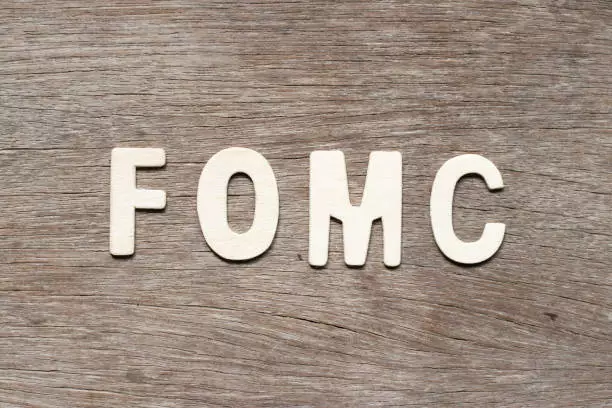The Federal Reserve’s Open Market Committee (FOMC) has recently decided to keep the federal funds rate within the range of 4.25% to 4.50%. This decision aligns with its ongoing efforts to manage the economy’s imbalance between growth and inflation. The Committee’s rationale focused on the economy’s “solid pace” of expansion, even as concerns surrounding inflation’s persistent presence lingered. Additionally, the FOMC announced its intention to continue the process of balance sheet runoff, a crucial tactic aimed at gradually reducing the excess liquidity in the market.
Despite the Fed’s commitment to maintaining the current interest rate, the economic landscape is far from straightforward. The lack of specific mentions regarding the impact of potential tariffs imposed under President Trump’s administration raises significant questions. Tariffs could impose risks that might disrupt the current economic conditions. The absence of a detailed discussion about these risks could be seen as a significant oversight. Understanding the potential implications of trade policies on both inflation and economic confidence is essential for a comprehensive evaluation of the Fed’s future decisions.
Market observers anticipated this decision to maintain interest rates, and current projections suggest that the Fed could continue this stance through the spring months. However, skepticism remains about whether this will hold, particularly considering the potential impact of executive decisions made by the President. Traders seem keenly aware of these complexities, as the economic indicators consistently signal robust consumer spending and a stable job market. These factors fortify the Fed’s current position, irrespective of external political influences.
Another critical factor to consider is the core Personal Consumption Expenditures (PCE) index, which has shown a restrained inflation rate. Currently sitting at an annualized rate of 2.5% across three months, this statistic is vital. The Fed’s ability to maintain low inflation while supporting economic growth significantly influences its rate adjustment strategies. The equilibrium between fostering growth and controlling inflation creates tension, as any hint of inflationary instability may prompt the Fed to reevaluate its policies.
While the Federal Reserve has chosen to keep the interest rates stable, the broader economic context is rife with complexities. Balancing inflation and growth requires close monitoring of not just domestic economic indicators, but international trade dynamics as well. Chair Powell’s forthcoming statements may provide additional insight into the Fed’s rationale and future considerations amidst these uncertainties. For the time being, it appears that the journey toward clarity will be long, and adaptability will be the key for policymakers facing a changing economic landscape.

